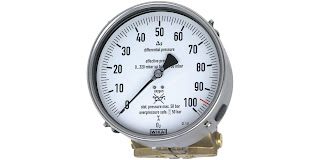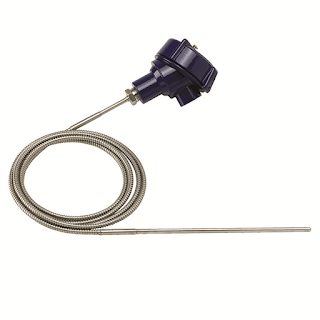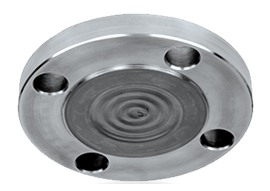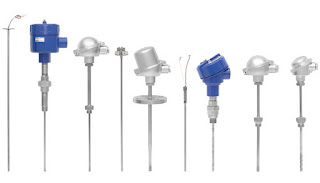The
WIKA PSD-30 and PSD-31 pressure switches are currently being phased out, to be replaced with the newly updated PSD-4 pressure switch.
The model PSD-4 pressure switch represents the extensive development of the PSD-30 pressure switch. A high accuracy of 0.5 %, freely configurable output signals (PNP/NPN, 4-20 mA / 0-10 V), the 5:1 scalability of the analog output, in addition to outstanding self-diagnostics, make the PSD-4 an excellent automation solution for industrial machines, hydraulic systems, and pneumatic systems applications.
While the PSD-4 offers new features and functionality, pricing is comparable to that of the PSD-30 and PSD-31. This new pressure transmitter offers customizable features, such as allowing the user to select the switch type and output signal, while offering a 5:1 turndown ratio. Additionally, this transmitter is an economical solution for applications requiring local display with an analog output signal. The PSD-4 provides an upgrade in quality and customizability without negatively affecting budgets.
During development of the
WIKA switch family a high value was placed on a robust design and the selection of appropriate materials suited to machine-building applications. For this reason the case and the threaded connection of the electrical connector are made from stainless steel.
For more information, contact
M.S. Jacobs by visiting
https://msjacobs.com or by
calling 800-348-0089.
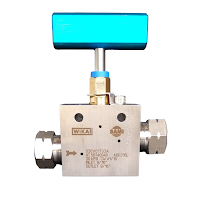 High-pressure valves are being added to the WIKA portfolio of pressure, temperature, level, flow and WIKA USA includes ball valves, needle valves, check valves, and instrument manifold valves with pressures from 15,000 psi to 60,000 psi. in 1/4" to 1" sizes.
High-pressure valves are being added to the WIKA portfolio of pressure, temperature, level, flow and WIKA USA includes ball valves, needle valves, check valves, and instrument manifold valves with pressures from 15,000 psi to 60,000 psi. in 1/4" to 1" sizes.
